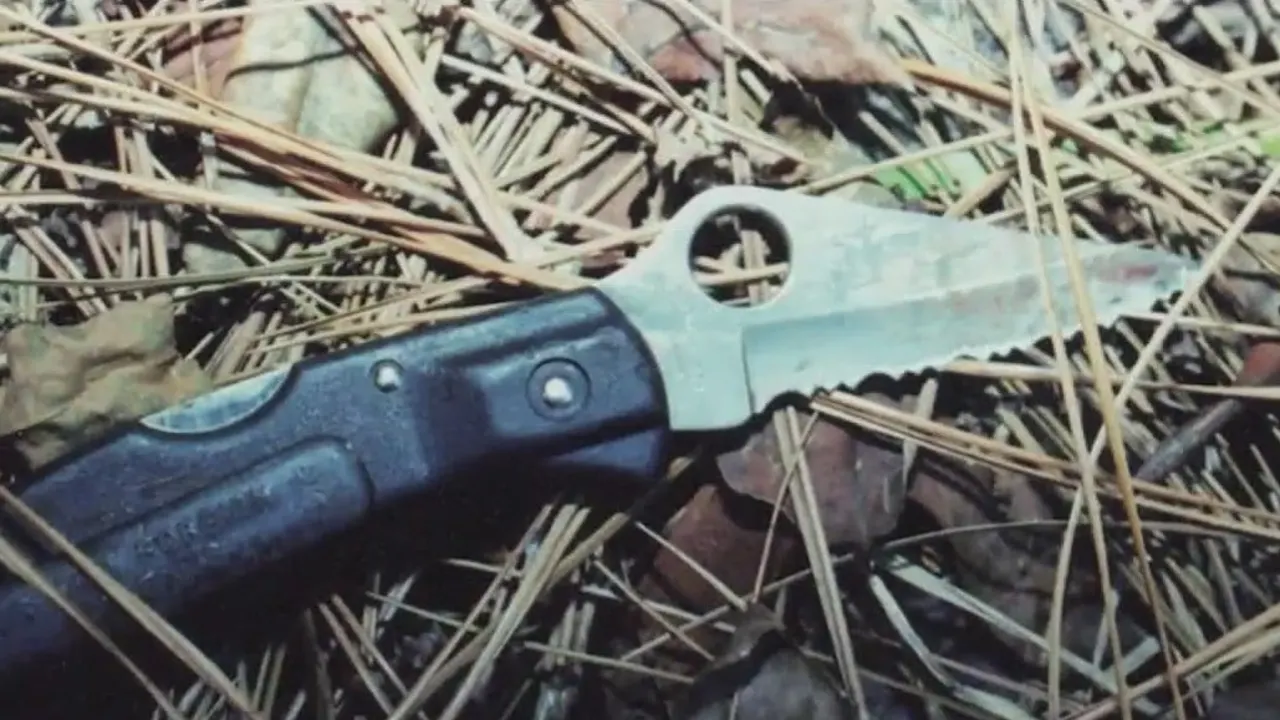Advancements in DNA testing have led to the arrest of a 73-year-old man in connection with the brutal 1999 murder of his longtime girlfriend in Sanford, Florida. The arrest brings a semblance of closure to a case that had remained unsolved for nearly a quarter of a century.

Discovery and Initial Investigation
On December 4, 1999, a pedestrian discovered the body of 50-year-old Sherry Holtz in a wooded area behind an AAMCO transmission shop. The passerby immediately alerted the AAMCO staff, who then contacted law enforcement. Officers arrived at the scene to find Holtz’s body lying on a concrete slab with her throat cut and her clothing in disarray. Additional signs of trauma included evidence of blunt force injuries, strangulation, and sexual assault. Public Information Officer Bianca Gillet described Holtz’s death as a “brutal homicide.”
A knife with bloodstains was recovered at the scene, and a sexual assault kit was administered. Despite these efforts, the DNA sample collected in 2000 was too small to yield any substantial leads. The lack of viable DNA evidence stalled the investigation, leaving the case cold for many years.
Living Situation and Suspicions
At the time of her death, Holtz lived with her boyfriend, Gary Durrance, and three other roommates. Witnesses reported that Holtz was last seen on the night of December 3, 1999, following an argument with Durrance, who allegedly expelled her from their home. Police interviews with the roommates revealed inconsistencies in Durrance’s account of his whereabouts during the crucial hours, but without concrete evidence, the investigation could not move forward.
The relationship between Holtz and Durrance was reportedly tumultuous, with previous police responses to their residence for domestic violence calls. This history added to the suspicion surrounding Durrance, but the lack of forensic evidence at the time prevented any charges from being filed.
Reopening the Case
In May 2023, authorities revisited the cold case, resubmitting the evidence for advanced DNA testing. This decision was part of a broader initiative to utilize modern forensic techniques to solve long-standing cases. By June, the results pointed to Durrance as the primary suspect, ruling out two other persons of interest. Public Information Officer Bianca Gillet emphasized the importance of these advancements in forensic science, which enabled the identification of Durrance despite the initial limitations of the evidence.
The renewed investigation brought fresh hope to Holtz’s surviving family members, who had endured decades of uncertainty and grief. The Sanford Police Department’s commitment to solving the case demonstrated their dedication to justice and the resolution of cold cases.
Arrest and Charges
With the new evidence in hand, police arrested Durrance on July 18, 2024, in Volusia County, with assistance from local deputies. The arrest was a coordinated effort, reflecting the collaborative nature of law enforcement agencies working together to bring justice. Durrance was subsequently charged with second-degree murder and is currently held without bond at the Seminole County Jail.
The arrest of Durrance has brought a mix of emotions for Holtz’s family and friends, who have long awaited justice. While the arrest cannot undo the pain of losing Holtz, it offers a sense of closure and accountability.
Community and Legal Implications
This case underscores the power of advancements in forensic technology to bring justice even after decades. The ability to extract and analyze DNA from small and degraded samples has revolutionized the field of criminal investigation. It highlights the importance of preserving evidence and continually re-evaluating unsolved cases with new technologies.
The arrest also raises questions about the long-term impact of domestic violence and the need for continued vigilance in addressing and preventing such incidents. Holtz’s tragic death serves as a reminder of the severe consequences of domestic disputes left unchecked.
The Sanford Police Department’s persistence in seeking closure for Sherry Holtz’s family and ensuring accountability serves as a testament to their dedication. The case will now proceed through the legal system, where Durrance will face trial and the evidence will be presented in court.
As the community reflects on this case, it reinforces the significance of community involvement in reporting suspicious activities and supporting law enforcement efforts. The arrest of Durrance demonstrates that justice can prevail, even after many years, providing hope to families of other cold case victims.